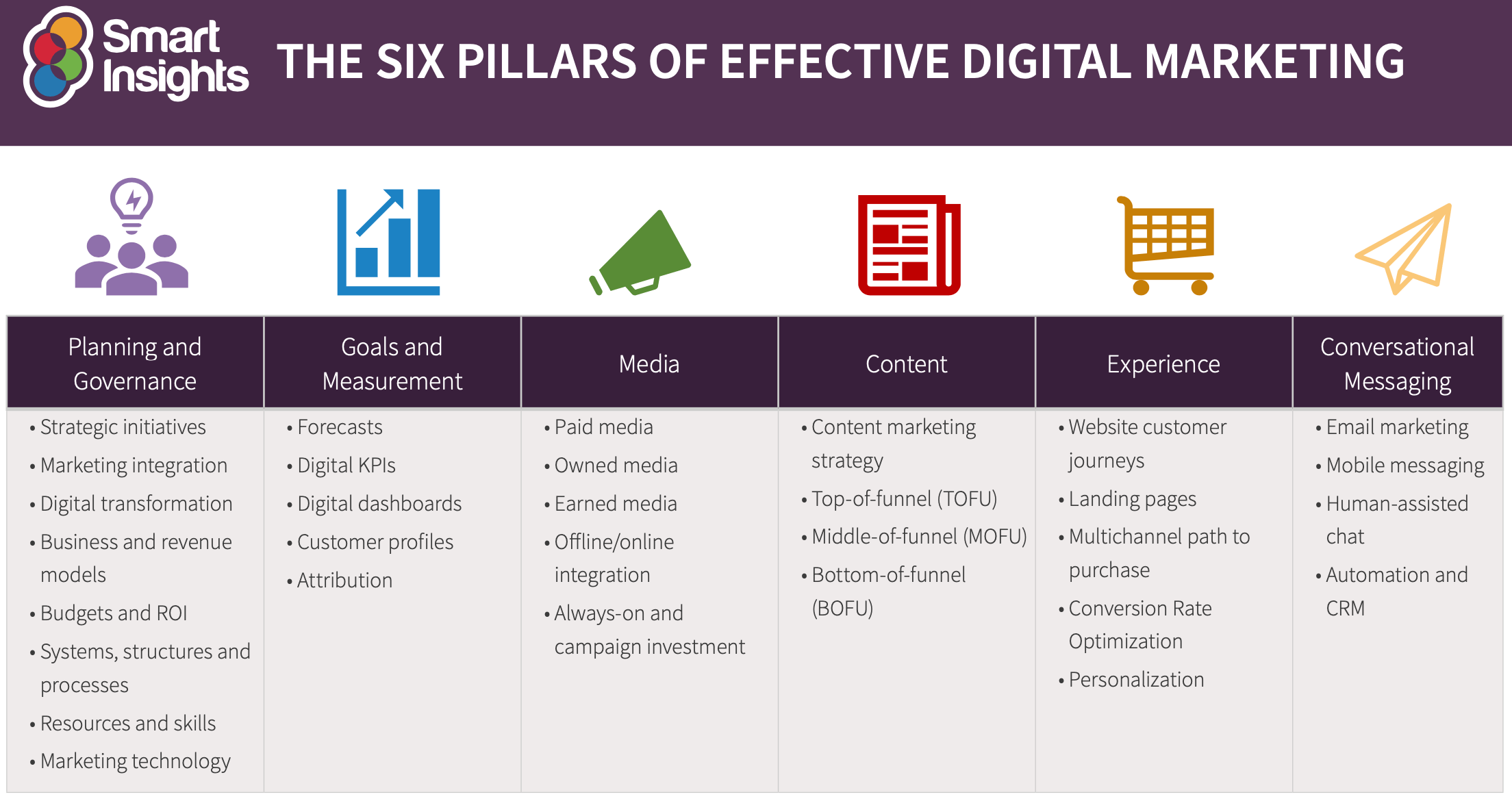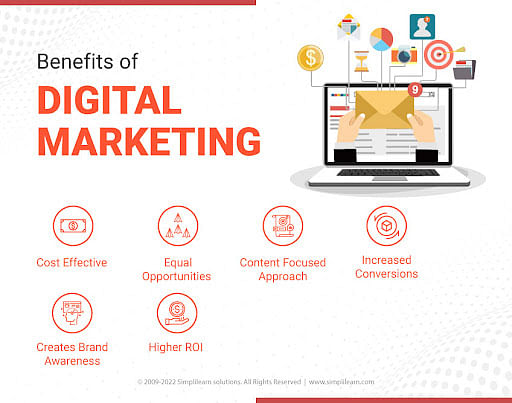Unleash Creativity with The Ad Firm Web Design Agency: Crafting Digital Masterpieces
Unleash Creativity with The Ad Firm Web Design Agency: Crafting Digital Masterpieces
Blog Article
Enhance Customer Experience and Drive Web Traffic With Responsive Website Design
In today's electronic landscape, where users are accessing web sites from a plethora of gadgets, responsive internet layout has come to be extra vital than ever. With its capacity to adjust and effortlessly adjust to various display sizes, responsive layout not just improves user experience however additionally drives web traffic to your website.
Why Responsive Website Design Matters
Receptive website design is an important aspect of contemporary internet growth because of its ability to make sure optimum user experience throughout different tools and screen sizes. With the expansion of smart devices, tablet computers, and other mobile phones, it has actually ended up being vital for internet sites to adjust and offer smooth functionality despite the gadget being used.
The key reason receptive web design matters is that it allows customers to have a consistent and satisfying browsing experience, no matter of the tool they are using. A receptive web site instantly changes its content, design, and layout components to fit the screen dimension and resolution of the device, making sure that users can quickly browse and interact with the website with no aggravation or disappointment.
In addition, responsive internet layout likewise plays a significant function in seo (SEARCH ENGINE OPTIMIZATION) Online search engine, such as Google, focus on web sites that are mobile-friendly and responsive in their search engine result. By including receptive design concepts, websites can improve their presence and position, leading to enhanced natural website traffic and potential clients.

Boosting User Engagement Through Responsive Style
Maximizing user engagement is a key goal of responsive style, as it guarantees that individuals can easily accessibility and communicate with site content on any device. With the raising use of smart devices and tablets, it is essential for internet sites to adapt to different display dimensions and resolutions. Receptive design enables websites to immediately adjust their format and web content to offer a smooth customer experience throughout tools.
Among the major means receptive style increases customer involvement is by minimizing lots times. With a responsive internet site, individuals don't need to wait on separate mobile versions to lots, causing quicker accessibility to material. This better rate brings about higher customer complete satisfaction and motivates them to invest more time on the site.
In addition, receptive style enhances individual involvement by enhancing navigating and interface (Web Design Carlsbad). When an internet site is created responsively, food selections and switches are maximized for touch interactions, making it simpler for users to navigate and communicate with the website on their smart phones. This intuitive and easy to use experience keeps customers engaged and encourages them to explore more of the web site
Additionally, receptive design permits better material presence and readability. By adapting the format and font dimensions to different tools, responsive sites guarantee that customers can quickly recognize the material and read. This boosts customer engagement by lowering the need for scrolling or zooming to read the text.
Increasing Internet Site Web Traffic With Responsive Internet Style
With the expanding appeal of mobile gadgets, having a web site that is responsive to different screen sizes and resolutions is necessary for driving increased traffic. In today's digital landscape, customers are accessing websites from a range of gadgets such as smart devices, tablets, and home computer. Each of these gadgets has different display dimensions and resolutions, and if your internet site is not created to adjust to these variations, it can cause an inadequate user experience and a loss of possible traffic.
Receptive website design guarantees that your website looks and functions ideally across all devices. By utilizing flexible grids, liquid photos, and media inquiries, responsive style allows your internet site to instantly adjust its design, navigating, and web content to fit any screen dimension. This indicates that users will certainly have a smooth surfing experience regardless of whether they are utilizing a small mobile phone or a large desktop computer system.
Crucial Element of Effective Responsive Layout
Efficient responsive style integrates a number of key components that ensure a seamless customer experience throughout various devices. Among these elements is adaptable grids and formats. By utilizing family member units like percentages instead of repaired systems like pixels, designers can develop designs that adapt and scale to fit different display dimensions. This allows content to be presented in a aesthetically appealing and readable fashion on any type of device.
Another vital component is media inquiries. These allow developers to apply different styles and layouts based on the qualities of the user's device, such as display size and positioning. By utilizing media queries, developers can maximize the presentation of content for each and every tool, guaranteeing that it is understandable and easily available.
Responsive images are additionally crucial in reliable important source responsive layout. Images that are too huge can reduce down web page load times on smart phones, while pictures that are too small might show up pixelated on larger displays. By utilizing methods such as receptive image resizing and careless loading, designers can ensure that photos are properly sized and maximized for every gadget.
Lastly, efficient responsive style entails a mobile-first strategy. This implies prioritizing and developing material for smart phones initially, and afterwards go to my blog enhancing the style and broadening for bigger displays. This technique makes certain that one of the most important material is easily obtainable on smaller sized screens, while still providing an abundant experience on larger gadgets.
Finest Practices for Applying Responsive Internet Style
Carrying out receptive internet design calls for mindful factor to consider of numerous best practices to make sure an ideal user experience across various gadgets. Right here are some crucial best techniques to follow when executing responsive website design.
First of all, it is vital to focus on mobile individuals. With the increasing prominence of smart phones, making for mobile-first has ended up being crucial. Beginning deliberately for smaller displays and after that progressively boost the layout for bigger displays.

Another crucial best practice is to enhance photos for various screen resolutions. Huge images can reduce the filling time of your internet site, particularly on mobile tools with slower connections. Use receptive pictures that can be resized based on the gadget's display resolution to improve efficiency.
In addition, test your site on different gadgets and screen dimensions to ensure a consistent and smooth experience. There are different testing devices available that can help you identify any concerns and make necessary modifications.
Last but not least, focus on functionality and access. Guarantee that your internet site is easy to browse, with clear and concise web content. See to it that your web site comes to people with handicaps and adheres to accessibility guidelines.
Verdict
In final thought, receptive web layout plays a vital function in improving customer experience and driving traffic to sites. By adopting responsive style principles, websites can ensure optimal checking out experiences across various tools, leading to boosted individual involvement.
Optimizing customer engagement is a key objective of receptive layout, as it makes certain that individuals can easily accessibility and connect with web site content on any type of gadget. Receptive layout makes it possible for websites to immediately adjust their design and material to supply a smooth customer experience home across gadgets.
Furthermore, responsive style enhances user involvement by boosting navigation and individual interface.Receptive images are also vital in reliable receptive layout. By embracing receptive layout concepts, websites can guarantee optimal viewing experiences across various tools, leading to enhanced customer interaction.
Report this page